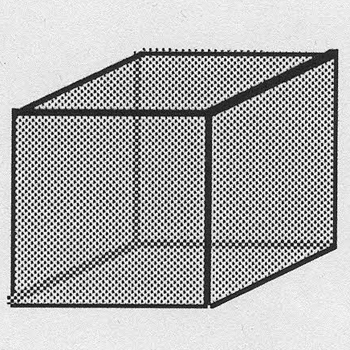Although visual abilities are not democratically endowed, differences in inherited aptitude do not afford a rationale to deny visual education. Whatever the inheritance, the unrealized potential for visual development is great. Even the most visually gifted people can improve. Writes psychologist MacFarlane Smith, "Our current system of education actively discriminates against the student who is competent in spatial ability." Given a one-sided education in the 3 R’s (arithmetic, reading, and writing), most people possess a large unrealized potential for visualization. Almost everyone can learn to see more fully, to imagine more productively, and to express their visual ideas by drawing.
Visualization pervades all aspects of human activity, from the abstract to the theoretical to the mundane and everyday. An astronomer ponders over a mysterious cosmic event; a football coach considers a new strategy; a motorist manoeuvres his car along an unfamiliar pathway; all are thinking visually. You are having a dream and are thinking visually. Surgeons think visually to perform an operation; chemists construct molecular models; engineers design circuits, structures, and mechanisms; businessmen organise and schedule work; architects coordinate function with beauty; and carpenters and mechanics translate plans into things.
Now let us see what the dictionary meaning for "visualize" is; it says "to make perceptible to the mind or imagination, to form a mental image." Visual thinking is made up of a series of visualisations that result from a lot of mental operations.
The greatest advantage of visual thinking is that while we are hearing, smelling, or touching, we are also seeing, and the brain, which constantly seeks to simplify information for us, sets up visual clues along with other clues, enabling us to substitute vision for our other senses. The brain's most important function is to quickly sort or identify our experiences using the most efficient sensory mechanisms. Consider this example: "Look at the picture of the large, sculptural water fountain in the middle of the park." The reflections of the water as it spills and sprays over the edge of the fountain are our visual picture, but at the same time, we experience dampness, coolness, and the pattern of the falling drops. Even if this fountain is only a small part of the picture, our gaze is drawn to it because it visually represents all sensual pleasures. Therefore, visual images are powerful because they represent experiences using the other senses.
